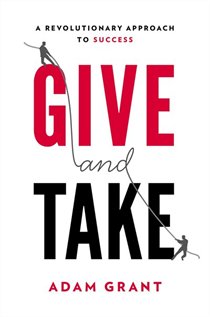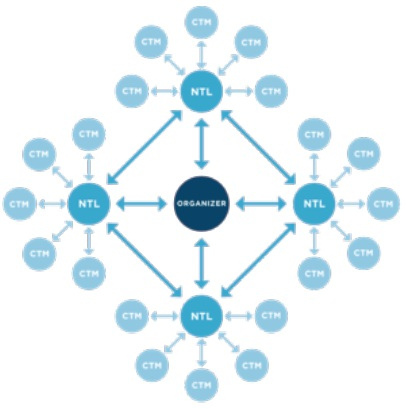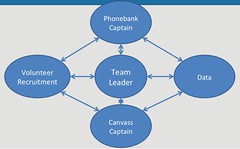Grassroots Movie Theaters- Concluding Idea Series, #3
Michael Gottwald, Carl Kriss & Josh Penn
In previous posts, we have explored how grassroots and DIY exhibition could be a viable way for filmmakers to distribute their films instead of relying on conventional distribution deals. However, many of the filmmakers we have interviewed have noted how exhausting it can be to spend time and money to both make their film and distribute it on their own. Before the digital age of film, it was easier for new filmmakers to get discovered since fewer movies were being produced. With the influx of films that get submitted to festivals along with Hollywood's growing tendency to only distribute blockbuster movies that appeal to a global marketplace, it is increasingly difficult for independent filmmakers to distribute new and original films.
Since studios are taking less of a chance on distributing independent films in movie theaters, a potential solution is for independent filmmakers to create their own movie theater circuit. In a previous post, we interviewed Jay Craven, who successfully distributed his films by creating his own screening circuit in rural New England towns. Jay was successful at screening his films this way by targeting the same rural New England towns where many of his films were set. He was able to then tap into an audience that would be interested in the cultural aspects of his film. He also targeted small rural towns where locals were more interested in attending major events in their hometown instead of going to see blockbuster movies in a theater that could be over a half hour away.
What if a collective of independent filmmakers and community organizers created their own distribution circuit, based in towns that are likely to have a strong base of independent movie goers? Not only would this help films that slipped through the cracks on the festival circuit get noticed, but the films that did well on the circuit would get publicity that could help attract a deal with major distributors by showing there is a demand for the film at the local level.
However, finding the right locations to establish these grassroots movie theaters would be key, along with an effective outreach strategy on the ground to publicize film screenings at low costs. From our background working on the Obama campaign, organizers played a key role in building relationships with supporters and community leaders through one-on-one meetings and cold calling. Similarly, organizers could be hired to build relationships with people in a community to determine the best places to screen films and recruit volunteers to help publicize the screenings. Another key strategy in the Obama campaign was collecting contact information from supporters at rallies, house parties and other events so they could email and call supporters to get involved in future events. Similarly, a grassroots distribution collective could collect data from audiences at the screenings to better target and market their films in the future. The data could be shared among the collective so every time a new film is distributed the filmmaker won’t have to start from scratch.
In one of our previous posts, we interviewed Kate West and Jacob Perlin who manage Artist Public Domain and Cinema Conservancy respectively. The objective of both companies is to enrich culture through finding new venues for independent film. Jacob suggested one thing that could help independent filmmakers would be,
“Some type of affiliated network where there is someone representing different regions who have more knowledge about it. Like for instance, if you have a [certain kind of] film in New York the goal is Film Forum because it gets the biggest best audience. But what happens if your film doesn’t get in there? Well the traditional thing was always you open your film in Manhattan because Manhattan is better than Brooklyn but that isn’t the case anymore. Also, do you open your film at BAM or Nitehawk? Someone outside of New York is not going to know the difference…there are so many iterations that only someone here could know and advise a filmmaker.””
What if there were a group of organizers who worked to distribute a slate of films in the non-traditional venues Jacob discussed in the quote above? If done effectively, the films could attract buzz for independent films that big studios would never take a chance on since they lack the big stars and the special effects that appeal to a global marketplace. Furthermore, running local campaigns for independent films based on word of mouth and grassroots strategies like cold calling and one-on-one meetings, might be a cheaper and more effective way of reaching the niche audience for an independent film compared to running a traditional movie theater P & A campaign, which is often expensive and targets audiences that are more interested in seeing blockbuster movies.
There is no doubt an effort for independent filmmakers to create their own screening circuit would take a tremendous amount of time, money and resources. However, in the long run, it could have a greater impact than Kickstarter and other crowd funding sites that may help a movie get made but often fall short in helping an independent film get seen by a major audience, which after all is the most critical step for gauging whether or not a film is successful. A collective of filmmakers that create their own screening circuit and use grassroots organizing to target their audiences locally may be the secret weapon independent filmmakers have been looking for to help balance the recent tide of blockbuster movies flooding the theaters.


















